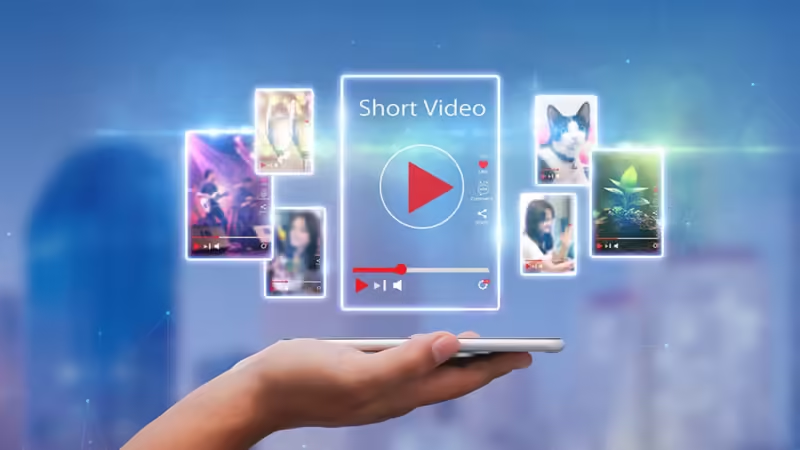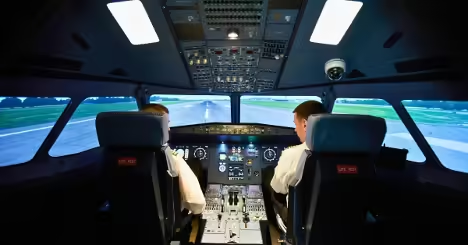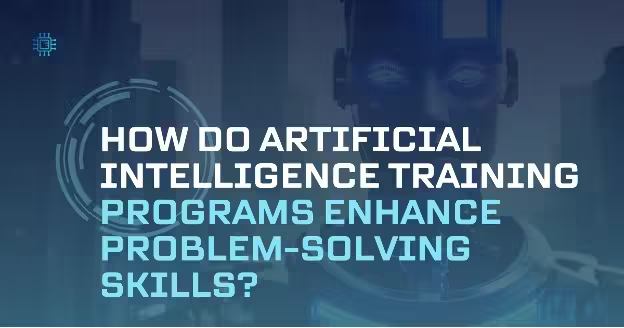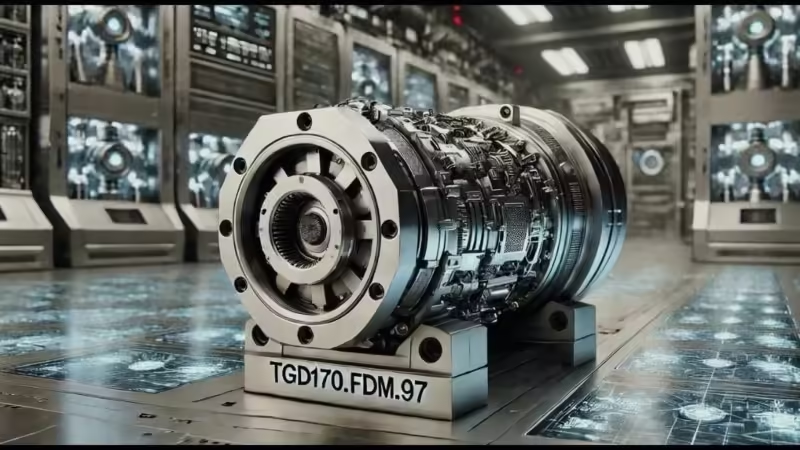Breaking Barriers: How Advanced Technologies are Revolutionising 3D Animation
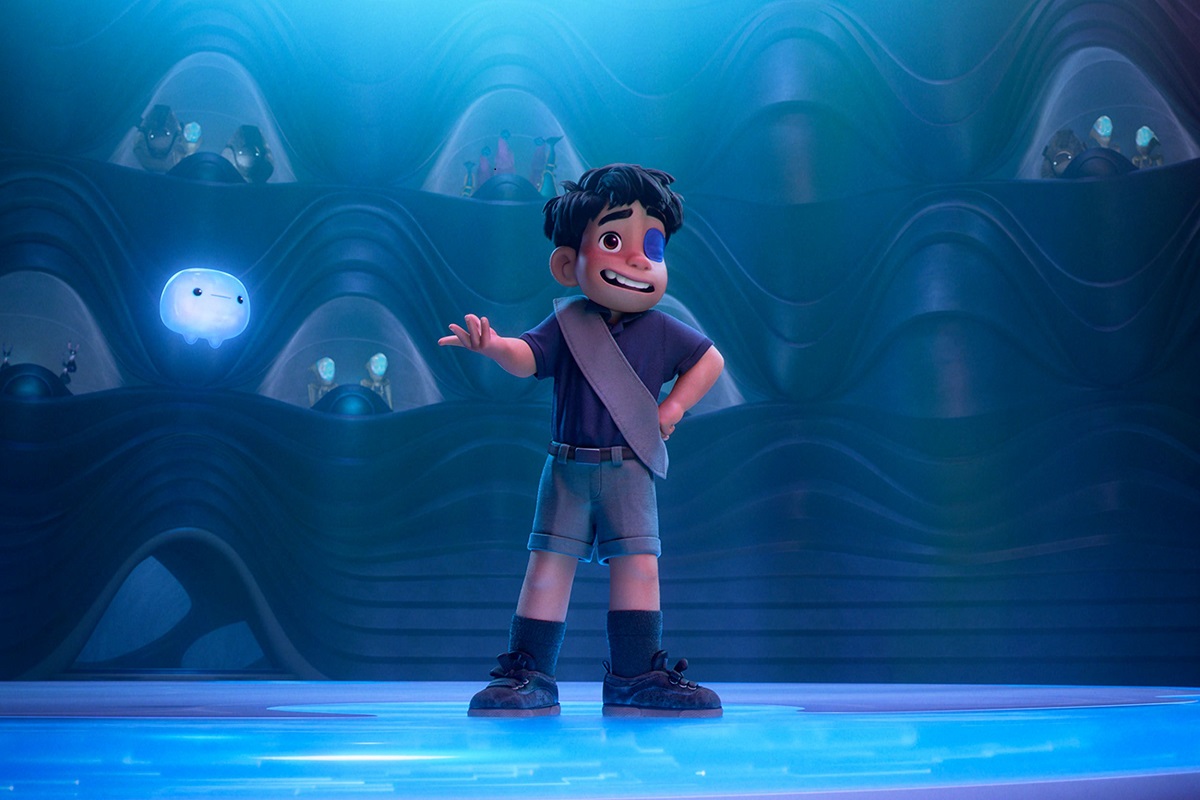
Step into a world where imagination knows no bounds, where the lines between reality and fantasy blur seamlessly, and where vibrant characters spring to life with breathtaking precision. Welcome to the era of advanced technologies that are breaking barriers in 3D animation!
In this blog post, we will take you on an exhilarating journey through the groundbreaking innovations propelling this dynamic industry forward. From cutting-edge software to revolutionary hardware, prepare to be captivated by how these advancements are revolutionizing the way we create and experience immersive animations like never before. So buckle up and get ready for a wild ride as we dive deep into a realm where creativity meets technology, unleashing boundless possibilities within the realm of 3D animation!
Introduction to 3D Animation
Advanced technologies are revolutionizing the field of 3D animation. Once the domain of large studios with expensive software and hardware, 3D animation is now within reach of anyone with a computer and an internet connection.
The barriers to entry in the field of 3D animation are falling fast, thanks to new tools and platforms that make it easier and more affordable than ever to create high-quality 3D animations. Whether you’re looking to create animations for video games, movies, or TV shows. There’s never been a better time to get started in 3D animation.
In this section, we’ll give you a brief introduction to 3D animation and some of the most popular software and platforms used by animators today.
The Benefits of Using Advanced Technologies for 3D Animation
As the world becomes increasingly digitized, businesses are looking for ways to stay ahead of the curve and remain competitive. One way they are doing this is by investing in advanced technologies for 3D animation.
There are many benefits of using advanced technologies for 3D animation, including:
1. Increased Efficiency
Advanced technologies can help animators work faster and more efficiently. For example, the use of motion capture can help reduce the time it takes to create animations.
2. Improved Quality
The use of advanced technologies can also help improve the quality of animations. For example, the use of photorealistic rendering can help create animations that look more realistic and lifelike.
3. Increased Flexibility
Advanced technologies also offer increased flexibility when it comes to creating animations. For example, the use of parametric modelling can allow animators to create custom shapes and characters that would be difficult or impossible to create with traditional methods.
4. Greater Creativity
Advanced technologies can also help animators be more creative in their work. For example, the use of virtual reality can allow animators to create fully immersive animations. That are not possible with traditional methods.
5. Reduced Costs
The use of advanced technologies can also help reduce costs associated with creating animations. For example, the use of motion capture and photorealistic rendering can help reduce the need for physical sets and props, which can be expensive to acquire or build.
What Technology is Currently Available?
The technology available for 3D animation is constantly evolving. The most recent advances have been in the area of motion capture, which allows for more realistic movement and facial expressions. Other new technologies include virtual reality systems. That allows animators to experience their creations in a realistic way. As well as cloud-based rendering that makes it possible to create complex animations without expensive hardware.
What Technologies are on the Horizon for 3D Animation?
The future of 3D animation is looking more and more like a bright one, thanks to advanced technologies that are revolutionizing the field. Among the most promising technologies on the horizon are:
Augmented Reality (AR):
AR has the potential to change the way animators create and interact with their work. By overlaying digital content on top of the real world, AR allows for a more immersive and interactive experience that can help bring characters and environments to life in new ways.
Virtual Reality (VR):
VR is another technology with huge potential for animators. With VR headsets, animators can step into their own creations and explore them in a completely immersive way. This could lead to new ways of storyboarding, pre-visualising scenes and creating characters and worlds that feel truly alive.
Motion Capture:
Motion capture is becoming increasingly popular in the world of 3D animation, as it allows for realistic character movements to be captured and replicated. This technology is often used in conjunction with virtual reality, as it can provide an even more realistic experience for viewers.
Real-Time Rendering:
Real-time rendering is another exciting development that is making its way into the world of 3D animation. This technology allows for animations to be rendered in real-time, meaning that changes can be made on the fly without having to wait for lengthy rendering times. This opens up new possibilities for collaboration and experimentation among animators.
Artificial Intelligence (AI):
AI is becoming increasingly important for animators, as it can be used to automate many of the tedious tasks associated with 3D animation. AI can also be used to generate assets and suggest creative ideas, making it a powerful tool for animators to use in their work.
How Will This Affect the Industry in the Future?
The changes seen in 3D animation are just the beginning of a larger revolution that will have a profound impact on the entire industry. The use of advanced technologies is already blurring the lines between traditional animation and live-action filmmaking, and this trend is only going to continue.
As these technologies become more sophisticated and affordable, they will open up new possibilities for filmmakers to explore. We will see more movies that combine the best of both worlds, incorporating stunning visual effects with traditional hand-drawn or stop-motion animation.
The sky’s the limit when it comes to the future of 3D animation, and we can’t wait to see what groundbreaking films are created next.
The use of 3D animation will also have a major impact on the gaming industry. Games are already becoming increasingly realistic, and as 3D animation becomes more advanced, so will the experience for gamers. Immersive worlds and stunning visuals are just some of the possibilities that are opening up with this technology.
Overall, 3D animation is sure to revolutionize the industry in ways we can’t yet imagine. It is an exciting time to be involved in film and gaming, as these technologies become accessible and affordable for everyone.
Conclusion
3D animation technology has come a long way in the past few decades. From hand-drawn 2D images to complex 3D models, computers and software have enabled animators to create stunning visuals that can transport viewers into new worlds. The emergence of advanced technologies like VR, AR, and AI has only made this experience even more immersive and exciting. It is clear that these emerging technologies are breaking barriers and revolutionizing the 3D animation industry for years to come.
![]()

